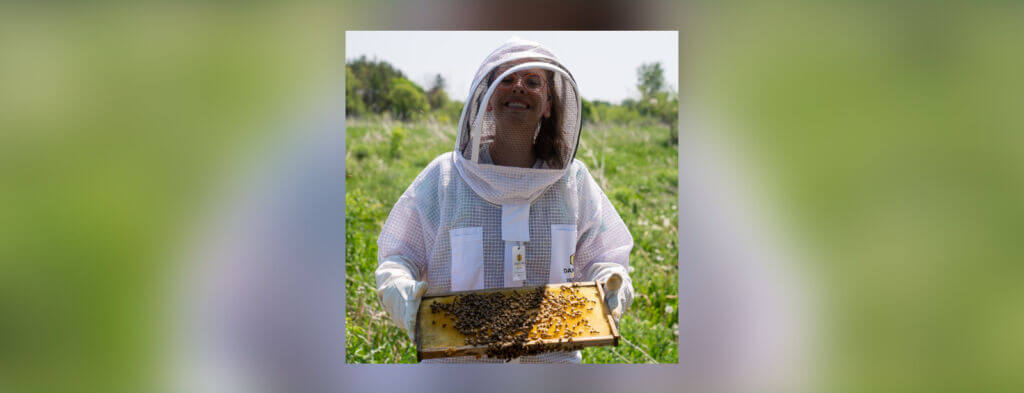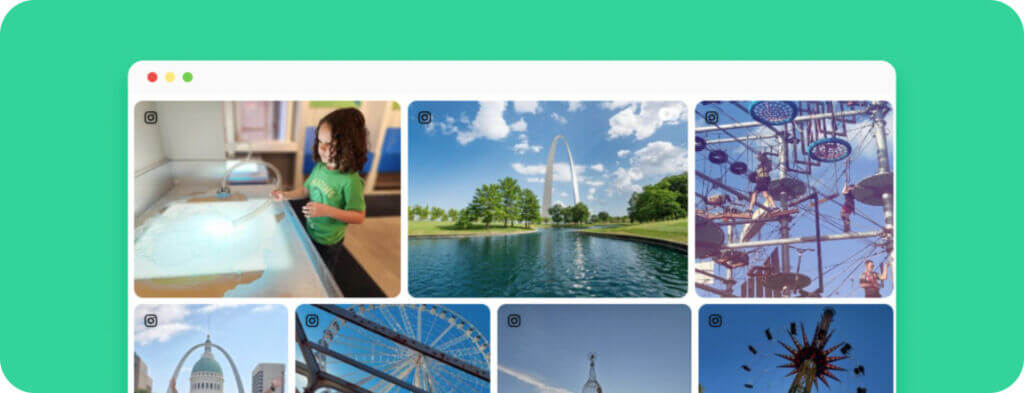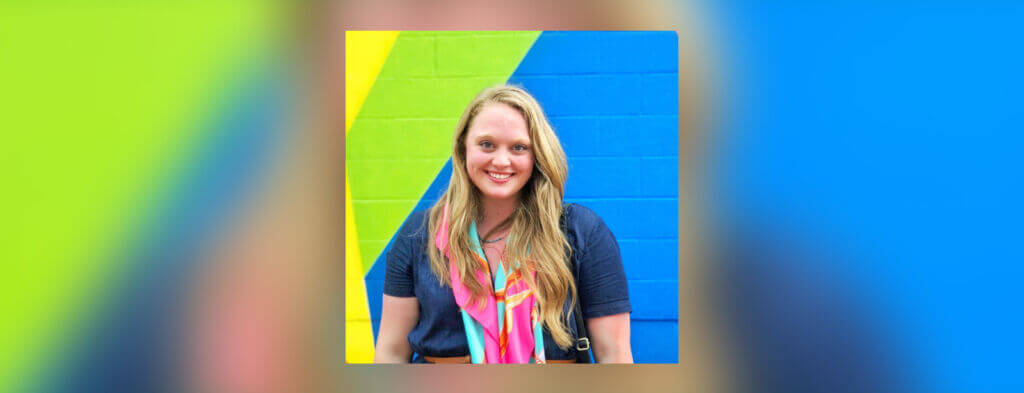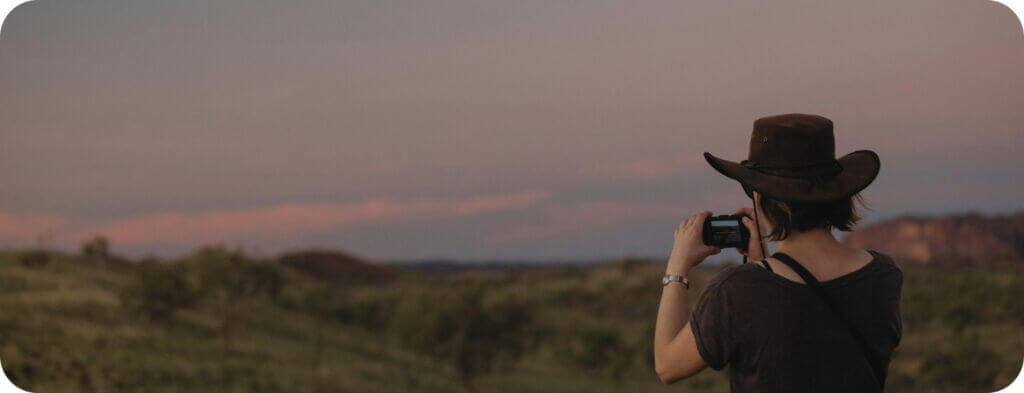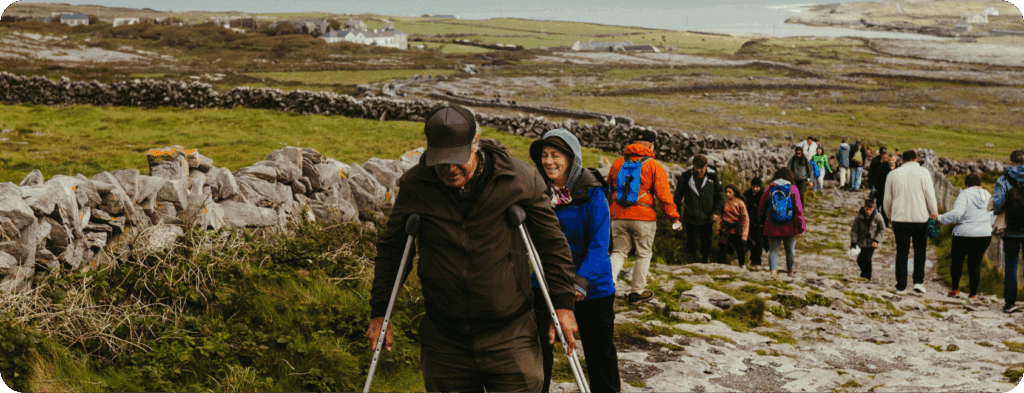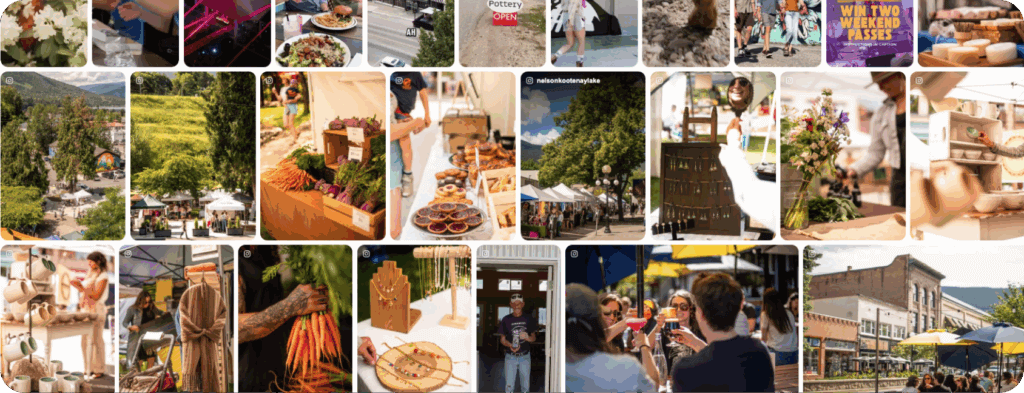
In today’s social landscape, ads are everywhere. Consumers are so used to targeted ads that they often times just tune them out.
How do you break through the noise and grab their attention? How can you make your ads stand out, so that people actually engage with them and ultimately click through?
UGC: Authentic, effective, and attention-grabbing
UGC-based ads can often be more effective than brand-created content. The benefit of UGC is that it’s fresh, modern and aesthetically different from typical digital ads.
It’s no wonder that ads that incorporate user-generated content can perform better—85% of people find UGC more influential that regular brand content, and 90% of consumers say it informs their purchasing decisions.
In fact, brands that use UGC in their digital ads can see a click-through rate that is 4X higher than regular ads.
When to use owned vs earned visuals
UGC can also be referred to as earned visuals—that is, photos and videos that are posted on social media, typically from your travelers or guests.
A ton of travel and tourism brands have seen huge success with UGC-based paid ads. Visit Indy even increased their click-through rate by 3X when they went 100% UGC in their paid social ads last year.
However, we also know that user-generated content isn’t a one-size-fits-all solution for every marketing campaign. Sometimes, owned visuals—like professional photography you commission—might be a better option depending on the type of visuals you need or the kind of campaign you’re running.
For example, branded content might be a good idea if you require a specific narrative in something like a television ad, or if your campaign includes billboards or anything where resolution is a priority.
For the times when UGC is the right choice however, you can see results. Check out the 3 steps below to see how CrowdRiff can help you use UGC in your paid ads to improve conversions.
Step 1: Find the right visuals
With so many visuals created and shared every day, there’s a ton of content at your fingertips that can be used for ads. However, that can also be overwhelming.
How do you know which visual to pick? Will a photo of a beautiful landscape perform better, or one with people in it? Luckily, CrowdRiff makes it easy to narrow down the choices and pick the visuals best suited for the job.
Finding fresh visuals
Track hashtags, keywords, and business accounts related to your brand—like specific events, attractions, or your official hashtag—to find relevant visuals that work for your campaign.
How CrowdRiff can help:
- CrowdRiff automatically pulls that content directly into your library in real-time, so you always have a bank of content available, without having to search for it yourself.
- Smart Curation takes the guesswork out of choosing your visuals. Using AI and industry insight, it will show you the most compelling photos in your library that are the most likely to attract and convert potential guests.
Repurpose top performing visuals
You can also tap into visuals you’re already using elsewhere (like in a gallery on your website), and repurpose the best performers for your paid ads.
Take clues from the types of visuals and content that your website visitors are engaging with the most, and use those visuals in your ads.
Christine Zetzl, Visit Indy's Digital Marketing Manager, did something similar.
"When we went digital, we decided to add in 8 additional personas. We came up with those based on user testing, and also a site audit that showed what historically performs well; for example, we have a top 25 restaurants guide that is a top page on our website, so “foodie” was an easy persona to identify," she explained.
How CrowdRiff can help:
- CrowdRiff’s in-app insights and Google Analytics integration help you make data-driven decisions about which visuals to use in your ads. You can determine engagement rates, interactions, and the number of views on your assets and galleries, as well as find actionable insights on your audience with in-depth demographic and behavioural data.
Step 2: Test a combination of visuals
Now that you have great content, it’s time to test it and figure out which visuals really work.
In addition to testing different copy and social networks, A/B test each of your visuals to identify what content is truly resonating the most with your audience. After testing your ads, you can refine your strategy and optimize your ad spend, focusing on the visuals and copy that are driving conversions.
Here are a few of the ways you can A/B test your visuals:
- Stock or commissioned vs UGC. This is a great test if you’re just starting to use UGC in your campaigns and want to see the difference between how your owned and earned visuals perform.
- UGC vs UGC. Of course, this is the best way to truly determine which UGC visuals work the best!
- Video length. If you’re using UGC in video ads, try testing different clip lengths for each channel to see what captivates your audience the most. For example, Visit indy tested ad lengths on Instagram and Facebook to find the optimal video length to keep their audience’s attention, and then adjusted their ads based on their findings.
Once you’ve completed testing, choose your highest-performing visuals and go from there.
Step 3: Measure results
At the end of your campaign, measure your results with whatever tool you prefer—whether that’s in-app analytics, Facebook Ads Manager or Google Analytics—to see which ads drove the highest engagement and conversions.
Beyond engagement and conversion rates, here are a few additional metrics you can track to judge the effectiveness of your paid ads, depending on your objectives:
- Cost per click
- Cost of acquisition
- # of direct bookings
In addition to the metrics above, see if you can notice any commonalities between the visuals in the ads that performed the best. Were they all landscape visuals of your hotel property, or did they feature guests or travelers in them? You might notice similarities between the types of visuals that work well, and can use that insight in future campaigns.
Repeat!
If you saw success, keep it coming! Source additional visuals that relate to those that worked, and try testing UGC in other types of campaigns, like print or video.
You can also take a page from Visit Indy’s book and refresh your visuals every few weeks throughout your campaign.
As Christine explained, “It was important to us that the images are current and true to our destination, and we wanted to collect them in real-time, so we rolled out new videos every two to three weeks. We really saw stronger and stronger performance as we made minor tweaks.”



